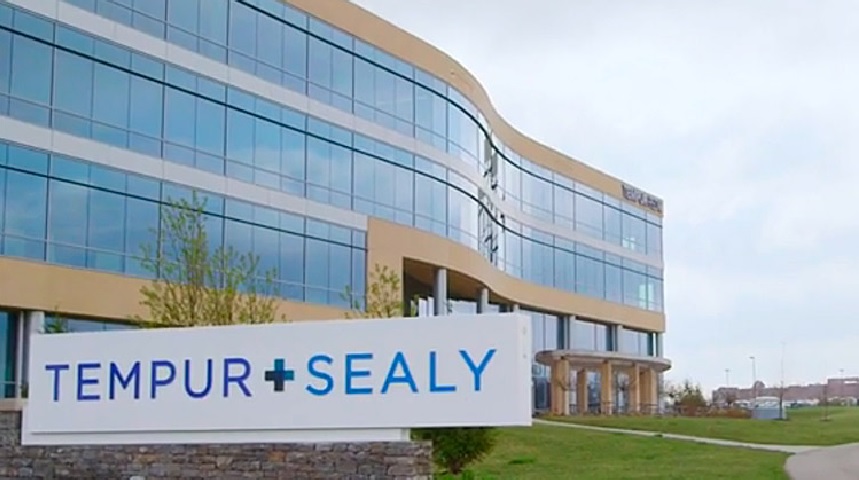LEXINGTON, Ky. – Tempur Sealy International has set a long-term goal of becoming carbon neutral throughout its operation by 2040 by investing in renewable energy for its manufacturing facilities, installing solar power and moving toward zero-landfill waste initiatives.

“This new long-term goal reflects the continued commitment by Tempur Sealy’s board of directors and management team to improving our communities and environment. Our zero-landfill and renewable energy initiatives have already delivered a significant reduction of our environmental footprint to date,” said Scott Thompson, chairman and CEO. “In this next phase of our efforts, we will continue to implement industry-leading sustainability initiatives to achieve carbon neutrality by 2040.”
The bedding manufacturer has been taking steps to reduce and offset its direct emissions and its indirect emissions from its network of facilities. Thompson said that this yearTempur Sealy sourced all of its renewable energy for its U.S. and European operations and will continue to do so. In 2021, solar panels will be installed at the company’s Albuquerque, N.M., facility to power the plant’s assembly lines. By the end of 2022, the company plans to achieve zero-landfill at its U.S. and European wholly owned manufacturing operations.
By 2040, the company says it will reduce or offset 100% of Scope 1 and 2 greenhouse gas emissions from its manufacturing, logistics and retail operations. Scope 1 emissions are direct emissions from sources a company owns or controls, and Scope 2 emissions are attributable to the electricity a company consumer. In addition, Tempur Sealy will fund carbon offsets.
Tempur Sealy also intends to extend its sustainability efforts to its global supply chain by encouraging suppliers to establish sustainability goals. Through this initiative, the company aims to increase sustainability awareness and initiatives within its supplier base with the goal of reducing its Scope 3 emissions – emissions from sources it does not directly own or control – and reducing the environmental footprint of its supply chain.

